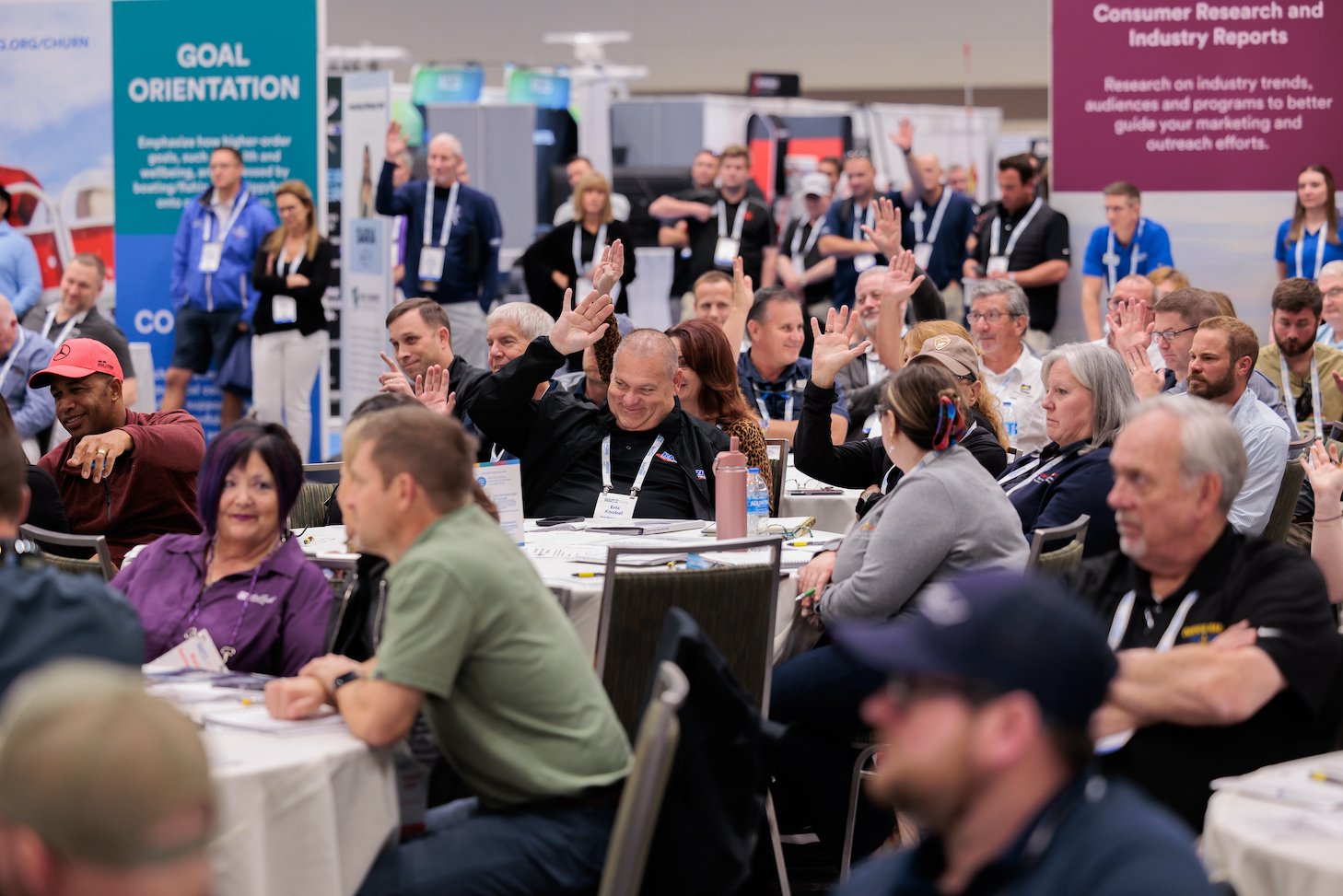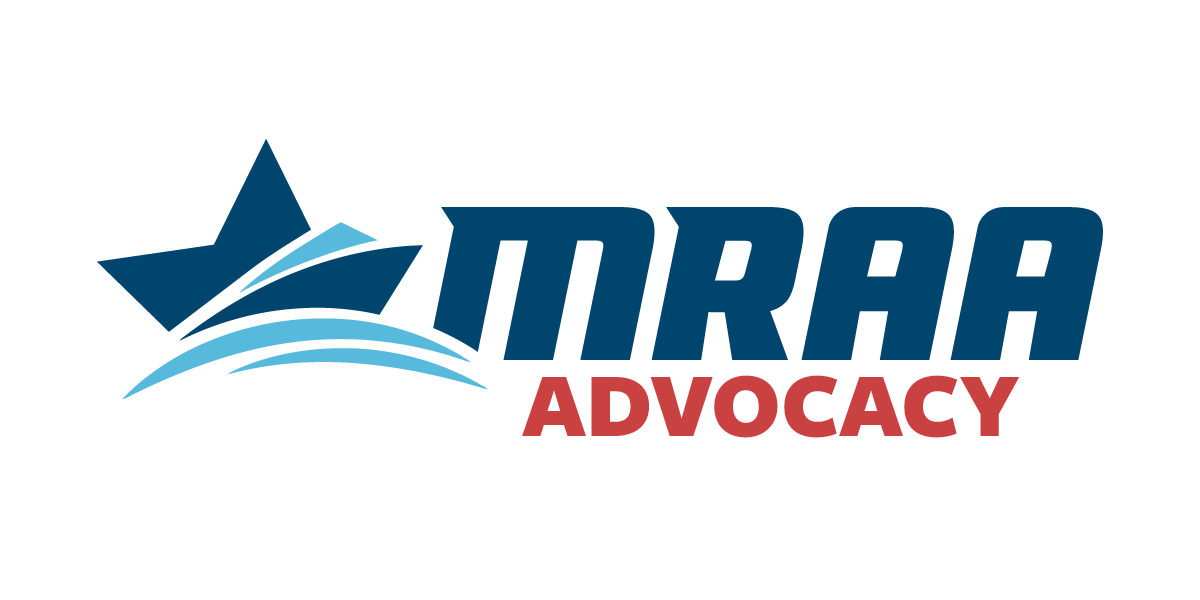Holding a successful customer event benefits your business by generating sales leads, creating avenues for soft selling, building community, elevating trust in your brand and boosting customer experience. Boating events on the water are equally important because you get to share the boating lifestyle, share safety and operational tips with owners and create deeper connections with your clients and their friends and family.

Some marine retailers have hosted hundreds of events and have gotten pretty good at it. They have learned what not to do and also know the tactics to give the best chance at success. But what if your team isn’t as experienced at hosting events? Whether it’s a “barbecue & boats parking lot party” or an “overnight island retreat with new boaters,” what tactics give you the best chance at success?
Here are seven boating event planning basics, borrowed from MRAA case studies and tips from industry experts, to help your team connect with your customers on different levels and go beyond the product transaction.
- Focus on Fun & Think Small — You can’t eat a pizza in one bite! It’s better to eat one slice at a time. When it comes to your events, make them manageable, especially if this is your team’s first event. You want to create a fun, memorable event for your customers, so make it about the boating lifestyle and not necessarily hard selling. Not only will this help them envision their life and fun times on the boat, but it can also enhance their overall experience. On-the-water events with demos and other water-related activities can help them understand the boating community and how recreational boating can add enjoyment to their lives.
- Assign Event Manager(s) — Event planning presents various challenges. It’s crucial to assign a project manager or event administrator to ensure your team completes the necessary steps to keep your event on schedule and update every participant (team and customers). Consider adding a basic event process map to ensure your team doesn’t overlook any steps.
- Start With Existing Customers — Your No. 1 objective is to engage customers. Start with your existing clients because they already know your team, the brand and how you treat customers. Allow them to bring along family and friends. You can even survey your customers or do a social poll, encouraging feedback to help you improve the event and meet expectations. They will feel more connected and willing to share it with others. These boating community events should be intimate before going big until you’ve developed a winning formula and process. Ideally, by enhancing these relationships, you can create a stronger bond, increase trust and encourage word-of-mouth promotion.
- Email & Digital Marketing — Emailing a strategic list of customers will help build awareness. You will also need to communicate, in advance, your time, date and location to help them set time aside to attend. This save-the-date email should be concise but informative and welcoming. Personalized emails to current customers and strong leads, using data from your CRM, can help sway them and encourage them to join you. Posting to your website’s events page, social channels and creating organic ads can generate more awareness for your events.
- Planning & Flexibility — Event planning includes influences you can and cannot control. Be flexible, calm and patient with your team handling the logistics and customers. However, pre-event communication helps to manage your customer’s expectations regarding poor weather or a rescheduled event. Plan A is your perfect event without weather issues. Plan B shares a contingency plan, complete with full details of the cancellation or rescheduling. Plan B is so diverse. You can insert many alternatives within your planning, like holding your event on a Saturday and reserving Sunday as the rain day. You can choose a weekend date, but then also designate a rain date for the following weekend. Some dealers rent a tent and hold their events rain or shine or even plan to use the showroom as part of their back-up plan for rain. To avoid windy weather for certain on-the-water events, change the location on the body of water to a more protected location.
- Social Sharing — To build brand awareness, start sharing your event before it occurs, while it’s happening, and once it’s completed. Use the same unique hashtag for each event to encourage staff and customers to share their personal experiences. Urging social sharing can build relationships and community and improve the event’s reach.
- Learn & Grow — You can learn from failure, so don’t give up. Learn from disappointing events. It’s vital to record everything from every event you hold. That’s why follow-up after the event is critical to your success. Request customer and staff feedback to fine-tune your events and improve them annually. You also do this to learn what to stop doing and what to do more of. Certain events should remain small and intimate, while others can be discontinued or be played up and grown into multi-day events or large-scale adventures. Remember, though, it’s not about your comfort more than it is to create an event that produces a great customer experience. Tracking attendance, leads and conversions will help you understand ROI.
These boating event planning basics will help your dealership host a successful event, but, more importantly, boost customer experience and share the boating lifestyle. Your team can create and manage events to enhance relationships and build your sales leads. You expand your audience and connect with your local boating community by sharing the boating lifestyle and “boat ownership” experiences with customers and prospects. Events are valuable tools to move customers from a position of hesitancy to one of decisiveness.
[AIMIE, MRAA’s AI for Marine Industry Education and content delivery system, was a resource in this content production. Learn more.]




